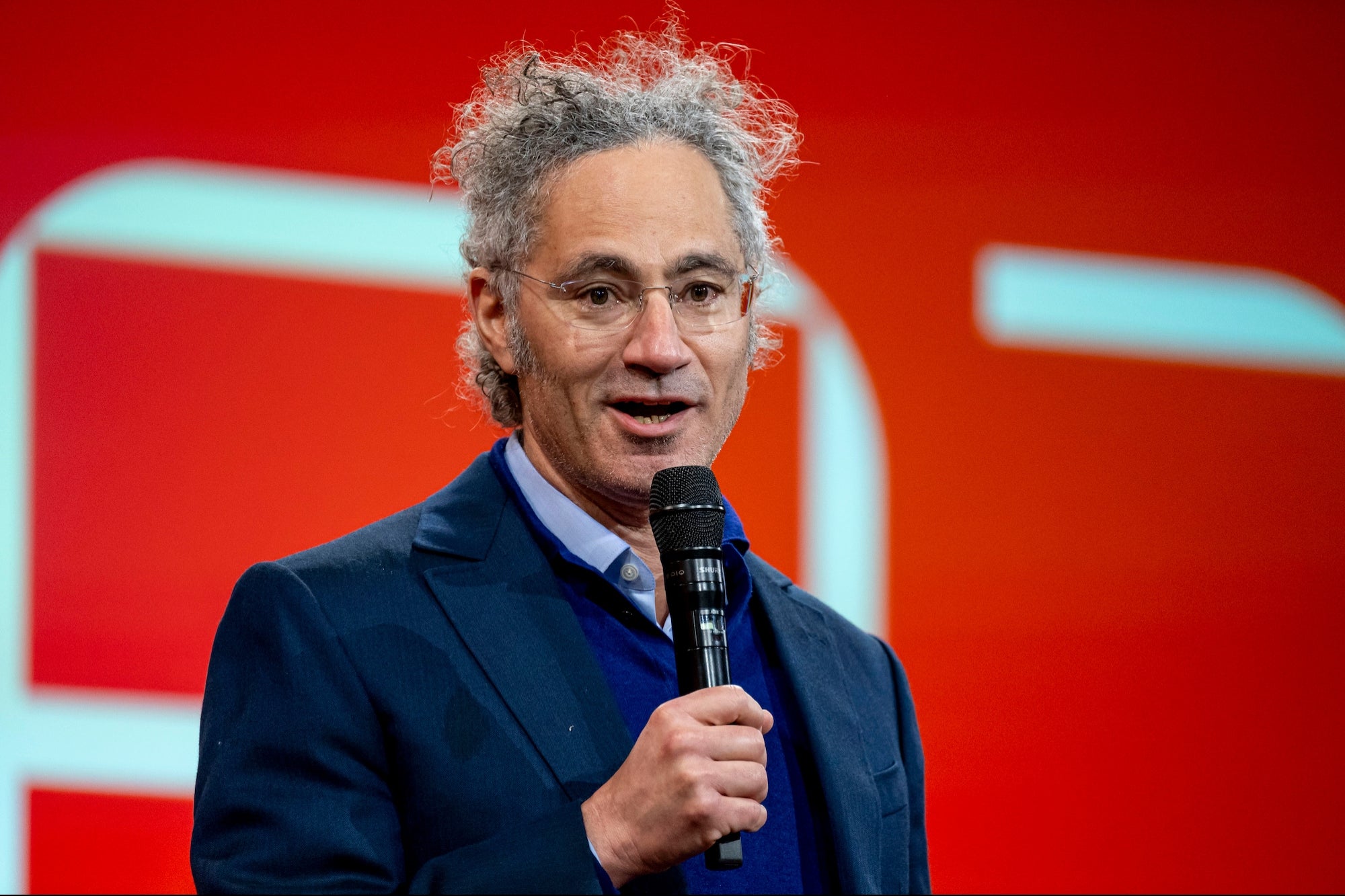Opinions expressed by Entrepreneur contributors are their own.
Most major marketing shifts don’t announce themselves with a press release; they strike with a shock that scatters the chessboard. I witnessed this firsthand during the dot-com boom — a tectonic event that substantially rewired my profession.
And yet, the disruption we face today from artificial intelligence represents a shift of even greater magnitude. It isn’t simply a new tool; it feels more like an extinction event for an entire way of working. As a result, the professional environment is changing at breathtaking speed, and for marketers, the choice is the same as in nature: adapt or disappear.
The split creates two paths. One leads to obsolescence, where marketers cling to tasks machines now execute better and faster. The other leads to enduring relevance, where the human skills of strategy and orchestration will define the future of the industry.
Related: How to Turn Your ‘Marketable Passion’ Into Income After Retirement
The paradox of infinite output
The first casualties of AI are the very functions we once considered core to our daily work, such as ad production, content creation and analytics reporting. Any task that follows a predictable loop is now on the path to automation. But here lies the paradox: as the cost of content creation plummets to zero, so does its strategic value. We are hurtling toward a future saturated with infinite, interchangeable output. A sea of sameness.
And the backlash to this future is already visible. Consumers are proving masterful at tuning out formulaic messaging, and their innate “spidey sense” for spotting bot-generated content is only becoming more acute.
This powerful human response means the very tools designed to make marketing more efficient now risk making it entirely invisible. Infinite output creates zero distinction — a battle that these machines, for all their power, are unequipped to win.
Related: AI Has Limits — Here’s How to Find the Balance Between Tech and Humanity
The rise of the ‘Human Choreographer’
But this is precisely where human marketers will reassert their value. In a world where anyone can generate an ad, the advantage shifts from making to meaning. AI, for all its brilliance, lacks true sentience. This reveals itself in AI’s inability to grasp the why behind the what. It can execute a step flawlessly, but it doesn’t know which dancers to put on stage, what music fits the moment, or how the performance should make the audience feel.
Therefore, the marketer of the future must evolve from an operator into an orchestrator — a human choreographer who shapes culture, senses customer emotion and navigates organizational nuance that machines cannot even see. This new role rests on three irreplaceable pillars that form the unautomatable core of modern marketing leadership:
- Discernment: AI can generate a hundred options, but much of it is derivative or even hallucinated. The human edge is judgment — distinguishing signal from noise, knowing when to act and when to wait. In an age of abundance, value doesn’t come from more ideas; it comes from the human ability to filter, prioritize and place the right bet.
- Empathy: At its core, marketing is about building relationships, and brands are built on trust. A machine can analyze sentiment, but it cannot grasp the unspoken emotional cues that forge genuine connections. This single deficiency is what elevates empathy to the ultimate currency of brand loyalty in a world of automated messages.
- Creative leap: AI predicts by extrapolating from the past. But the most powerful ideas that reshape cultures come from breaking patterns altogether. This leap of imagination, the spark that reframes a category or captures the zeitgeist, still belongs uniquely to the human mind.
Taken together, these three pillars of discernment, empathy and creativity are what allow human leaders to create meaning in a world of automated noise. But possessing these skills isn’t enough. To remain essential, marketers must prove their value in the only language the business understands: impact.
Related: How AI is Reshaping Work While Reinforcing the Need for Leadership, Empathy, and Creativity
Redefining the scorecard for success
For too long, marketing has hidden behind the comfortable shield of vanity metrics — endless charts of impressions and clicks, along with creative awards that mean little to the C-suite. These outcomes may comfort us, but they don’t convince anyone holding the purse strings. My litmus test is simple. Could I put this metric in front of my CFO and have them immediately grasp its connection to enterprise value?
Answering that question forces an overhaul of our dashboards, anchoring our performance to the metrics that truly matter:
- Customer Economics: A clear view of customer acquisition cost (CAC), lifetime value (LTV), and retention.
- Revenue Contribution: Tracking qualified demand that converts into pipeline, not just raw lead volume.
- Brand as an Asset: Measuring growth in awareness, preference and trust as leading indicators of future success.
By aligning our work with these measures, marketing transforms from overhead into an undeniable engine of growth.
Related: How to Tell If Your Marketing Is Driving Real Business Results
The marketing department, reimagined
The next wave of marketing won’t be defined by disappearing roles as much as emerging ones. The most forward-thinking organizations are already reinventing their teams with new specialities, such as: AI Prompt Architects who master the art of shaping models, Ethics and Trust Stewards who safeguard brand credibility and Integration Orchestrators who fuse data science and creativity into a cohesive story.
Ultimately, the result will be a department with fewer executors and more choreographers. The marketing team of the future sheds its skin as an assembly line to become more of a control tower for growth and customer experience.
The leaders who thrive will be those who evolve beyond traditional marketing to become choreographers of meaning, trust and growth. For them, adaptation isn’t optional — only the speed of transformation is.
Most major marketing shifts don’t announce themselves with a press release; they strike with a shock that scatters the chessboard. I witnessed this firsthand during the dot-com boom — a tectonic event that substantially rewired my profession.
And yet, the disruption we face today from artificial intelligence represents a shift of even greater magnitude. It isn’t simply a new tool; it feels more like an extinction event for an entire way of working. As a result, the professional environment is changing at breathtaking speed, and for marketers, the choice is the same as in nature: adapt or disappear.
The split creates two paths. One leads to obsolescence, where marketers cling to tasks machines now execute better and faster. The other leads to enduring relevance, where the human skills of strategy and orchestration will define the future of the industry.
The rest of this article is locked.
Join Entrepreneur+ today for access.








